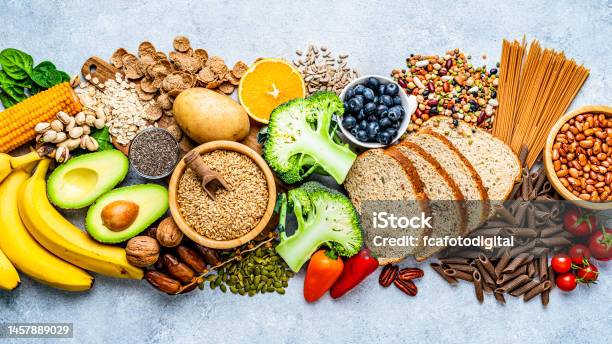










































































In today’s globalized food system, consumers, regulators, and supply chain stakeholders are demanding greater assurance about the safety, authenticity, and sustainability of the food they consume. Incidents of food fraud, contamination, and mislabeling have eroded trust and highlighted the need for reliable systems that track food from its origin to the final consumer. Ensuring food traceability, reducing fraud, and promoting transparency from farm to fork have therefore become central goal…
Food traceability refers to the ability to track the movement of food products and their ingredients through all stages of production, processing, and distribution. Effective traceability systems allow stakeholders to know where food comes from, how it was produced, and under what conditions it was handled. This is achieved through a combination of digital records, barcodes, QR codes, blockchain, and Internet of Things (IoT) devices that capture real-time data about the food supply chain.
Traceability plays a crucial role in food safety. When contamination occurs—such as outbreaks of salmonella or E. coli—having a transparent record of product origins enables rapid recalls, minimizing harm to consumers and financial losses for producers. For farmers, traceability helps demonstrate compliance with food safety standards, while retailers and exporters can ensure that they meet international regulations. Ultimately, consumers benefit by knowing that the food on their plate has passed through …
Reducing food fraud is another major benefit of traceability and transparency. Food fraud involves deliberate substitution, mislabeling, or adulteration of food products for economic gain. Examples include mixing lower-quality oils into premium olive oil, selling horse meat as beef, or diluting milk with water. Such practices not only deceive consumers but can also pose severe health risks. By implementing digital traceability solutions, each transaction in the supply chain is recorded, creating a truste…
Blockchain technology, in particular, has emerged as a powerful tool for fighting food fraud. Because blockchain records are immutable and decentralized, they provide a secure way to verify product authenticity. Each stage—from farm to distributor to retailer—adds a data entry that cannot be altered without detection. This makes it nearly impossible for fraudulent actors to tamper with information once it has been logged. Combined with IoT sensors that monitor temperature, humidity, and storage condition…
Transparency is the third pillar of a trustworthy food system. Beyond safety and fraud prevention, consumers increasingly want to know the environmental and ethical impact of their food choices. Transparency allows them to understand whether their produce was grown sustainably, whether livestock was raised under humane conditions, and whether workers in the supply chain were treated fairly. QR codes on packaging, for example, can provide instant access to this information, enabling consumers to make info…
For businesses, transparency builds brand trust and competitive advantage. Companies that openly share information about sourcing, processing, and logistics are more likely to earn customer loyalty. Regulators and certification bodies also benefit, as transparent systems make audits and inspections more efficient. Moreover, transparency fosters collaboration among supply chain partners, reducing conflicts and ensuring accountability.
Despite its promise, implementing full traceability and transparency is not without challenges. High costs of technology adoption, lack of digital literacy among smallholder farmers, and fragmented supply chains can hinder progress. Additionally, ensuring data accuracy is crucial, as traceability systems are only as reliable as the information inputted. Overcoming these challenges requires partnerships among governments, industry players, and technology providers. Training programs, subsidies, and scalab…
In conclusion, ensuring food traceability, reducing fraud, and promoting transparency from farm to fork are essential strategies for building safe, sustainable, and trustworthy food systems. Traceability provides the backbone for quick responses to food safety incidents. Fraud prevention protects both consumers and legitimate businesses from economic and health risks. Transparency empowers consumers to make ethical and informed choices while enhancing trust between all actors in the supply chain.










